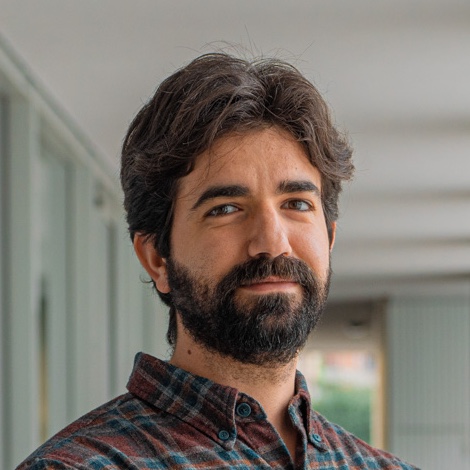Graph Deep Learning for Spatiotemporal Time Series
Forecasting, Reconstruction and Analysis
Successful applications of deep learning in time series processing often involve training a single neural network on a collection of (related) time series. In the case of spatially correlated time series, pairwise relationships can be modeled by considering a (possibly dynamic) graph spanning the collection. In this context, graph-based methods take the standard deep learning approach to time series processing a step forward. The recent theoretical and practical developments in graph neural networks make the adoption of such an approach particularly appealing and timely. The twofold objective of this tutorial is to:
- offer a comprehensive overview of the field, with a focus on forecasting and missing data reconstruction;
- provide the necessary theoretically grounded tools and practical recommendations to design and evaluate graph-based spatiotemporal models.
This tutorial will be co-located with the European Conference on Machine
Learning and Principles and Practice of Knowledge Discovery in Databases (ECML/PKDD),
held in Torino from the 18th to the 22nd of September 2023.
The tutorial will
take place at
Politecnico di Torino on Friday, September 22.
Program
Part 1 Graph-based processing of spatiotemporal time series.
- Spatiotemporal time series
Definition of the problem settings. Introduction to common downstream tasks: forecasting and imputation. - Spatiotemporal graph neural networks (STGNNs)
Presentation of the fundamental components of the general STGNN family of deep learning models for STS. Recipes and strategies for building effective STGNNs, as well as architectures from the literature, are provided. - Global and local models
Discussion on the problem of local effects in spatiotemporal data. Review of the global and local modeling paradigms with their strengths and practical implications. - Model quality assessment
Identification of time-space regions, e.g., specific sensors or periods of time, where predictions can be improved.
Part 2 Challenges and tools.
- Latent graph learning
Why and how to learn a graph structure from data when relational information is unavailable, insufficient or unreliable. - Learning in non-stationary environments
Challenges and methods associated with modeling the evolution of spatiotemporal systems over time. - Scalability
Methods to enable scalability to large sensor networks. - Dealing with missing data
The problem of missing data in real-world applications and architectures for graph-based multivariate time series imputation.
Demo Coding Spatiotemporal GNNs.
Overview of open-source Pytorch libraries for graph-based spatiotemporal data processing and short demo with Torch Spatiotemporal.
Organizers
This tutorial is organized by the GMLG Research Group within the Swiss AI Lab IDSIA and Università della Svizzera italiana.





